YuHong Toys: Collaborating with Well - known Brands to Build a Quality Benchmark in the Toy Industry
The Role of Collaboration in Elevating Toy Industry Standards
How YuHong Toys Partners with Global Brands
YuHong Toys, a renowned name in the toy industry, strategically partners with global brands to enhance product quality and brand credibility. By forging alliances with well-known companies, YuHong Toys leverages shared expertise to create high-quality stuffed animals and plush dolls that captivate both children and adults. The process involves meticulous planning and synergy in product development, ensuring that each collaboration aligns with the core values and standards of each brand involved.
Successful collaborations often lead to remarkable product launches. For example, plush pillow collections created in partnership with established global entities have seen increased sales and a significant market share boost. The storytelling and branding aspects of these partnerships play a crucial role, fostering an emotional connection between customers and the plush toys. Such collaborations do not just elevate product quality but also strengthen the brand's reputation in the competitive toy industry.
Case Studies: Successful Brand Collaborations
Examining case studies of successful collaborations offers insights into the innovation and quality assurance brought forth by cooperative efforts in the toy industry. One such collaboration involved YuHong Toys and a leading entertainment brand to create a line of mini stuffed animals based on popular media characters. YuHong provided its manufacturing expertise, while the entertainment brand contributed unique character designs and storytelling elements, resulting in a popular and innovative product line.
Another noteworthy collaboration is with a global retailer for exclusive animal stuffed toys. This partnership leveraged the retailer's vast distribution network and deep market insights with YuHong's manufacturing capabilities, leading to a notable increase in revenue and brand recognition. These collaborations have set benchmarks in the industry, underscoring the importance of strategic partnerships that focus on co-innovation and quality enhancement, ultimately paving the way for future successes.
Innovation Through Partnerships: Redefining Play Experiences
Integrating LSI Terms into Product Development
Leveraging LSI (Latent Semantic Indexing) terms is critical in aligning product development with current market trends in the toy industry. This involves identifying and utilizing keywords that resonate with modern consumers, thereby enhancing the searchability and relevance of products like stuffed animals and plush dolls. By understanding the language and preferences of consumers, toy manufacturers can design products that meet expectations and preferences more closely. For instance, using terms such as "plush pillow" or "animal stuffed toys" in product descriptions can significantly increase visibility and engagement from potential buyers. According to marketing experts, semantic relevance not only aids in attracting the target audience but also strengthens product positioning in the competitive landscape. Successful marketing campaigns have demonstrated that integrating such terms can drastically improve outreach and conversion rates, ultimately leading to enhanced sales performance.
Stuffed Animals and Plush Dolls: A Focus on Quality
Ensuring high-quality standards in stuffed animals and plush dolls is paramount in the toy industry. Adherence to safety certifications such as ASTM, CPSIA, and EN71 is essential, reflecting commitment to product safety and consumer trust. Collaborating with reputable suppliers and manufacturers enhances quality control, ensuring that only the finest materials, like hypoallergenic fabrics, are used. Experts emphasize the growing importance of sustainability, suggesting that eco-friendly materials and processes not only appeal to environmentally-conscious consumers but also enhance brand reputation. Research indicates that consumers increasingly prioritize quality and safety, with many willing to pay a premium for assurance of these standards. By aligning product development with these priorities, companies can secure a competitive edge.
Cross-Industry Collaborations Driving Creativity
Cross-industry partnerships are pivotal in driving innovative toy designs and capturing consumer imagination. Collaborations between the toy industry and sectors like technology or entertainment often result in groundbreaking projects, such as tech-integrated plush toys that offer interactive experiences. For example, introducing augmented reality features into plush dolls has created unique product lines that enhance playability and engagement. These collaborations not only influence market trends but also reinvigorate consumer interest, as evidenced by rising sales of tech-enhanced toys. Statistical data supports the effectiveness of these creative partnerships, showcasing substantive sales growth and increased brand recognition. Bridging traditional toy design with modern technology not only caters to the evolving demands of younger generations but also sets a precedent for future innovation in the industry.
Safety and Compliance: A Collaborative Priority
Aligning with EU and Global Safety Standards
Compliance with EU regulations and global safety standards plays a pivotal role in the toy industry, ensuring products meet stringent safety criteria and safeguarding consumer trust. By adhering to these established guidelines, companies minimize risks associated with product recalls and potential harm to consumers. Industry collaboration aids in bolstering safety protocols and refining product testing methods, enhancing the efficacy of standards enforcement. For instance, when compliance issues arise, such as safety concerns leading to product recalls, they often significantly impact a brand's reputation, emphasizing the critical nature of adherence. Consumer trust in toys is closely tied to safety certifications, with statistics indicating that a significant majority of buyers prefer brands known for their compliance with safety regulations.
Shared Responsibility in Supply Chain Management
Collaboration across manufacturers, suppliers, and retailers is crucial to fortifying safety compliance within the toy industry. This cooperative approach involves shared responsibilities and frameworks designed to uphold quality and safety standards throughout the supply chain. Insights from industry leaders highlight the challenges of maintaining compliance, such as navigating complex regulatory environments and ensuring uniform adherence at each supply chain stage. Collaborative efforts often lead to innovative solutions that address these hurdles, resulting in measurable impacts like a reduction in safety-related incidents. By adopting a joint responsibility model, the toy industry can effectively enhance safety compliance and bolster consumer confidence in their products.
Building Sustainable Futures Through Industry Alliances
Eco-Friendly Materials in Plush Toy Production
The shift towards eco-friendly materials in the plush toy production sector marks a significant milestone in environmental sustainability. This change is driven by the need to reduce the ecological footprint associated with manufacturing traditional plush toys, often made from plastic-based materials that are harmful to the environment. Collaborations among brands have been instrumental in developing sustainable production practices, facilitating the exchange of technologies and resources to produce plush toys using natural, biodegradable, and recycled materials. For instance, brands like WWF have pioneered the use of sustainable fabric blends to produce animal stuffed toys that appeal to eco-conscious consumers. Such initiatives not only foster sustainability but also bolster brand reputation by aligning with consumer demand for environmentally responsible products.
Collaborative Initiatives for Circular Economy Practices
The concept of circular economy is increasingly relevant to the toy industry, focusing on maximizing resource efficiency and minimizing waste. Collaborative initiatives among companies promote recycling and sustainability, ensuring that products are reused, refurbished, or recycled at the end of their lifecycle. By working together, firms can innovate designs that are easier to disassemble and recycle, thus encouraging a circular approach to toy manufacturing. For example, some companies have adopted take-back schemes, where consumers can return used plush dolls for recycling, thus reducing waste. Data illustrates the benefits of these practices, with companies often experiencing cost savings and receiving positive consumer feedback as shoppers are more inclined to support brands committed to sustainable practices.
Strengthening Market Presence via Strategic Alliances
Expanding Distribution Networks Through Partnerships
Partnerships play a pivotal role in expanding distribution channels for toy manufacturers. By collaborating, companies can tap into each other's networks and resources, thereby broadening their market access. For instance, a partnership between a popular toy company and a large retail chain can result in increased visibility and accessibility of products in untapped regions. Through these alliances, technological advancements such as integrated supply chain management systems can be leveraged. These systems streamline operations, enhance inventory management, and speed up the distribution process. Partnerships not only facilitate expanded reach but also enable manufacturers to deliver their products more efficiently and reliably.
Co-Branding Opportunities in Mini Stuffed Animal Lines
Co-branding strategies significantly enhance the marketability of mini stuffed animals. By teaming up with well-known brands or popular media franchises, toy manufacturers can create products that resonate more with consumers. A notable example is the collaboration between a plush toy company and a famous animated movie franchise, resulting in unique plush dolls that appeal to both movie fans and toy collectors. This strategic alliance increases product appeal and market reach. Consumer perception plays a crucial role in the success of these campaigns—when consumers see a brand they love combined with another they trust, it amplifies their interest and emotional connection to the product. Such strategies not only boost sales but also strengthen brand loyalty.
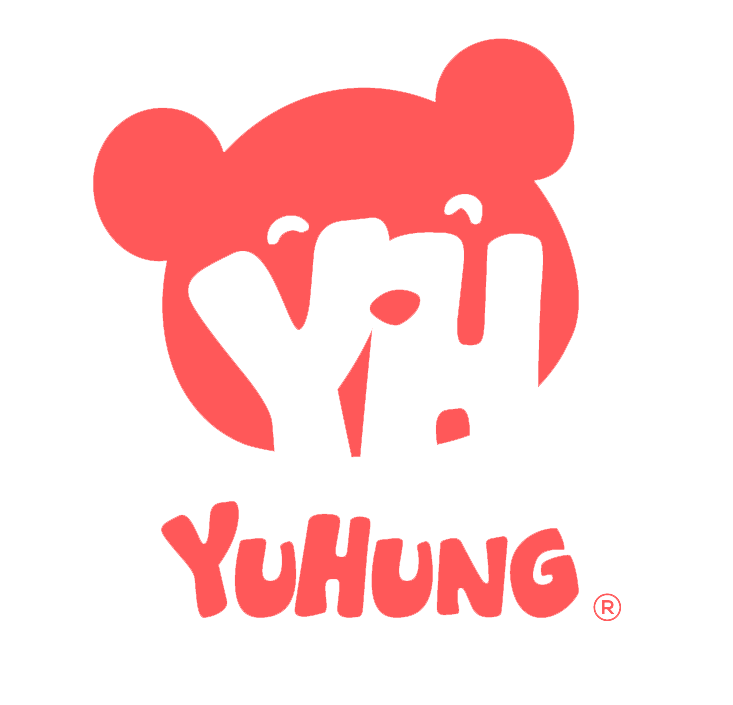
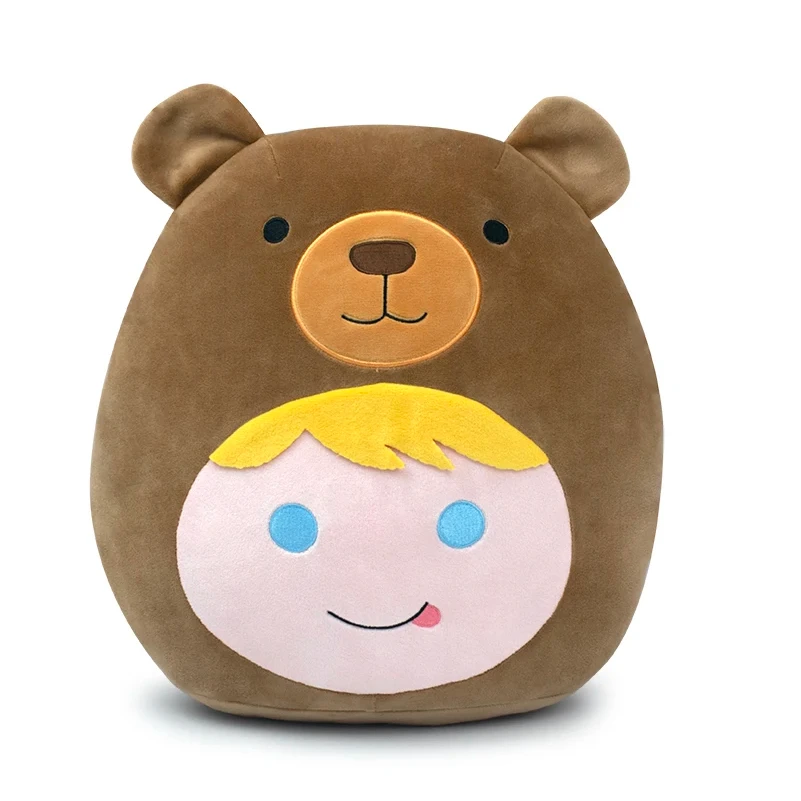
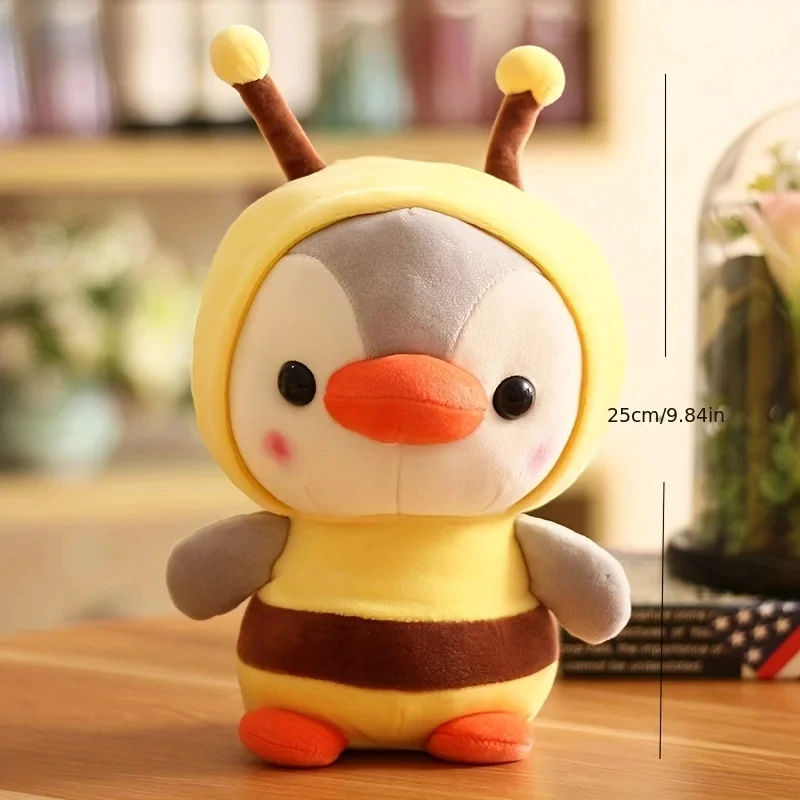
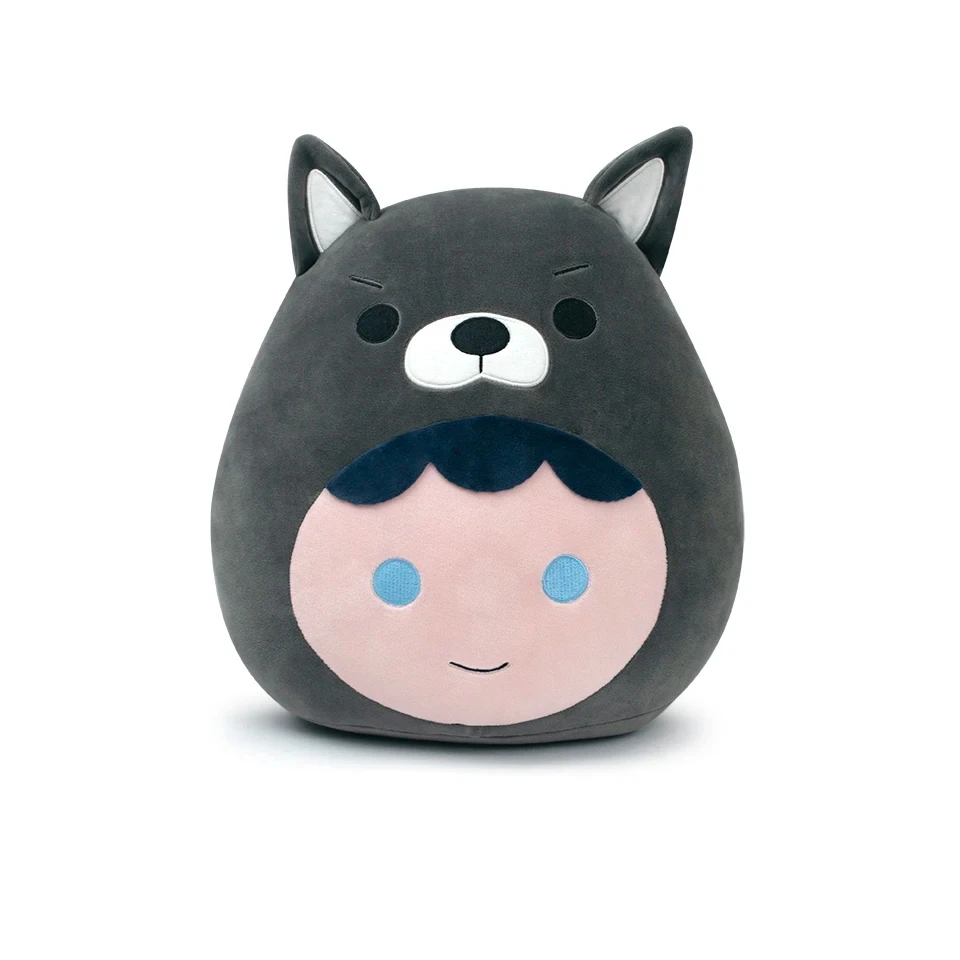
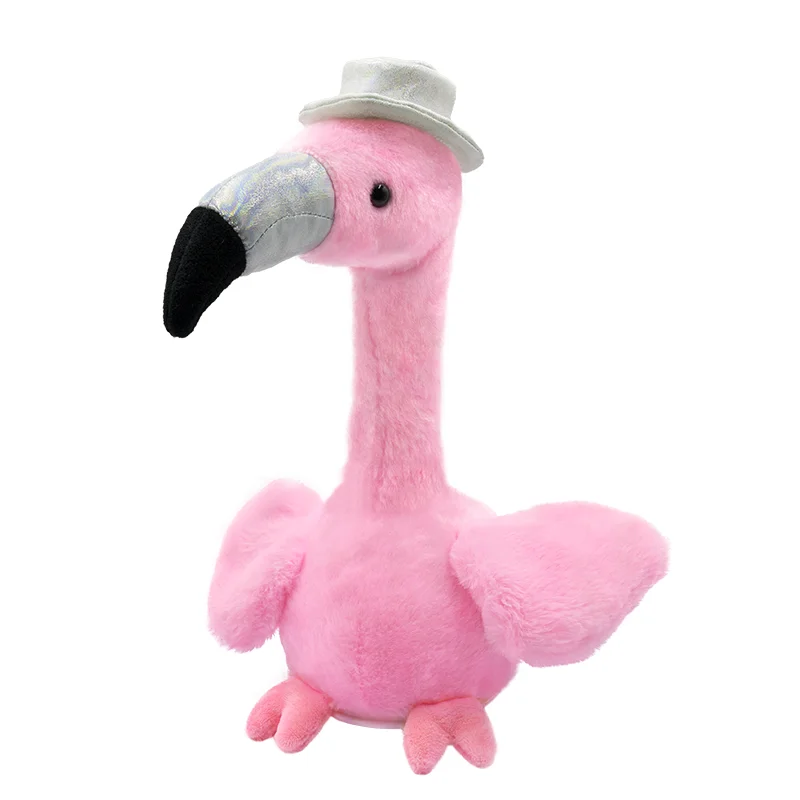

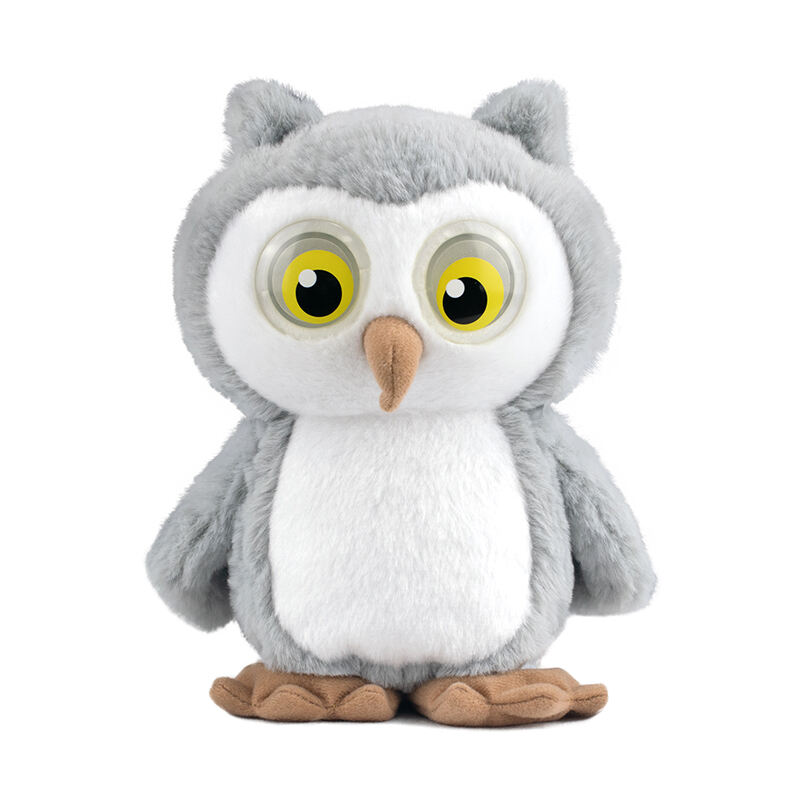
 Hot News
Hot News